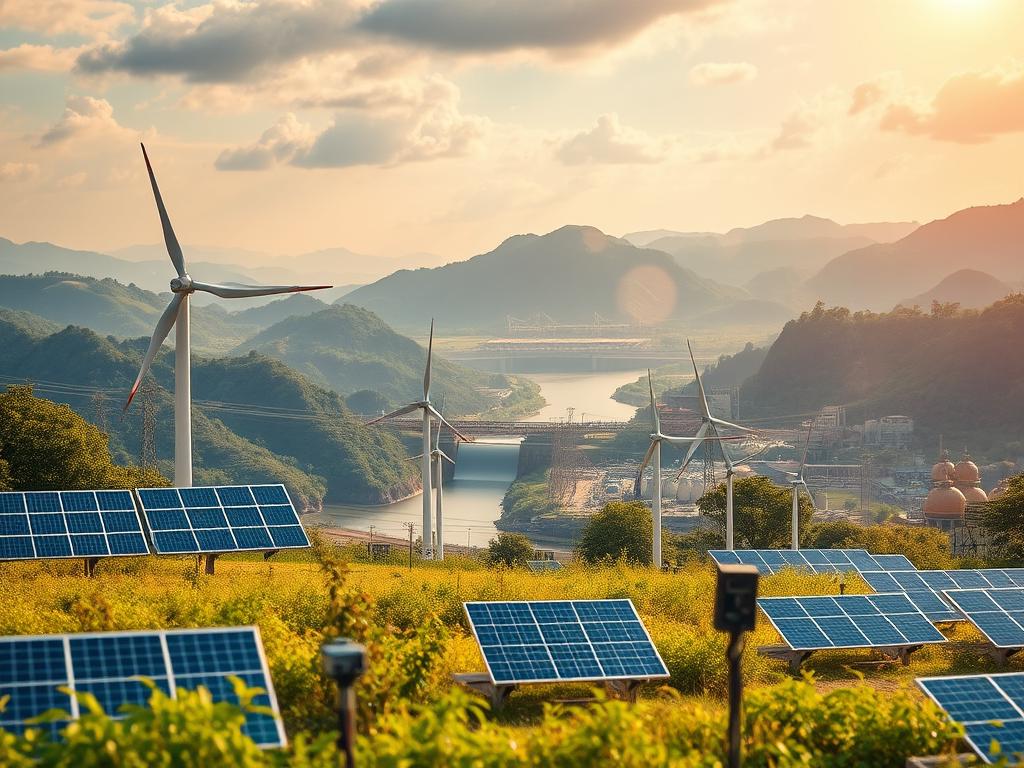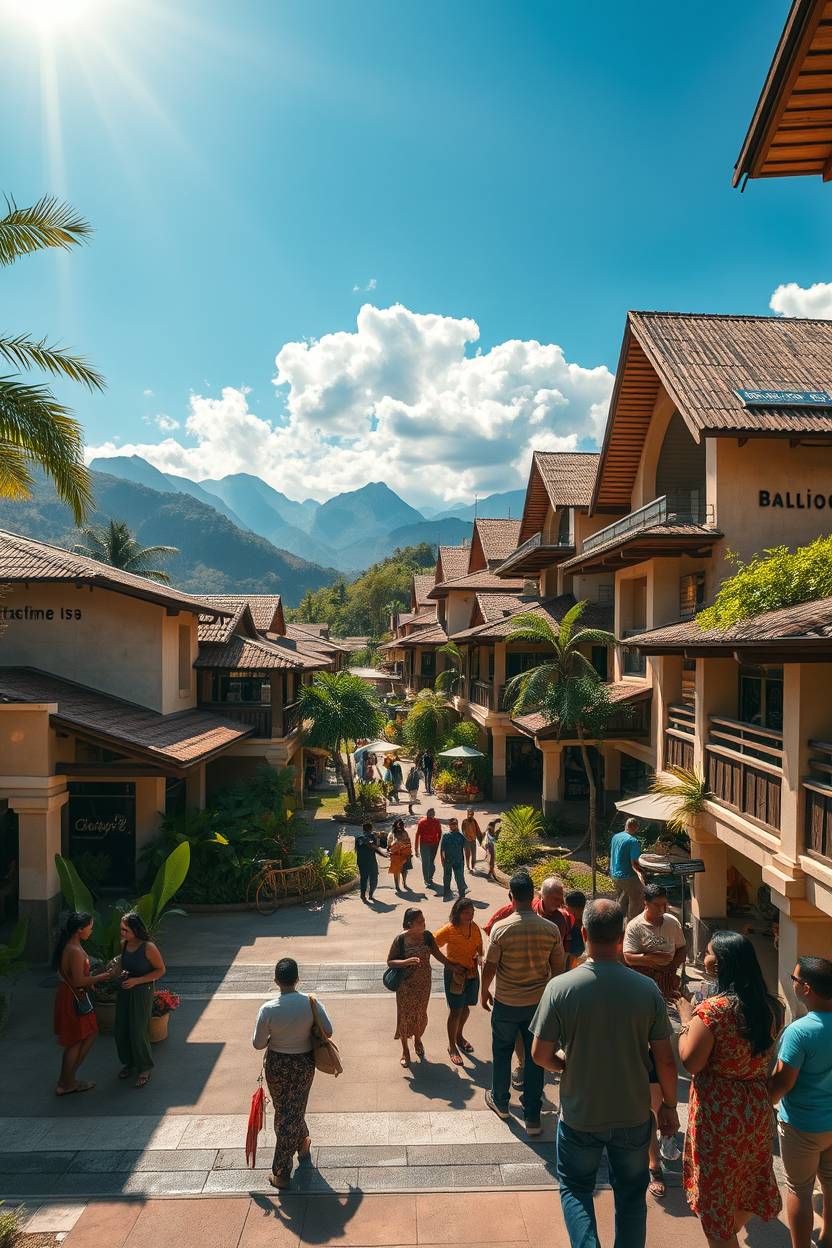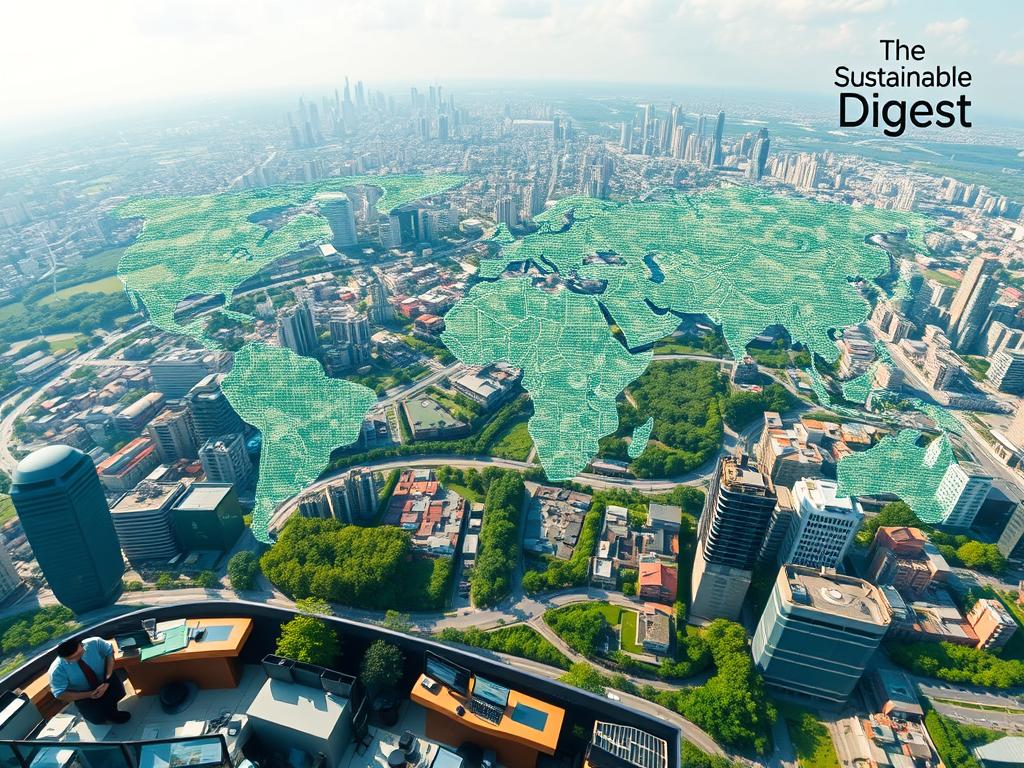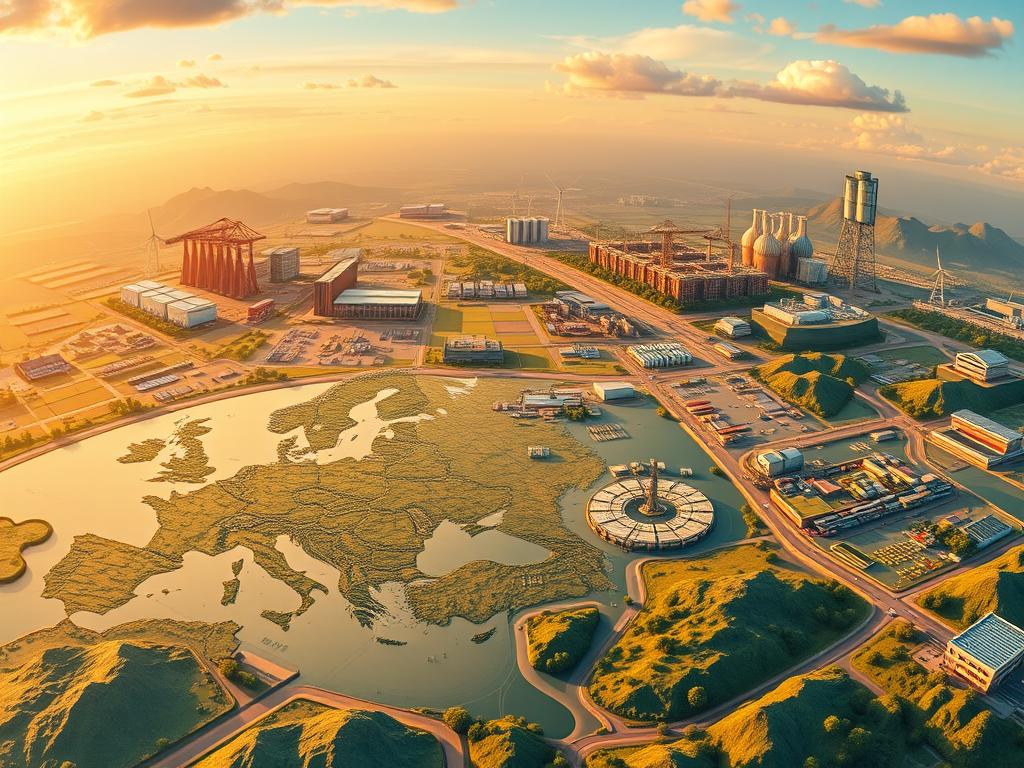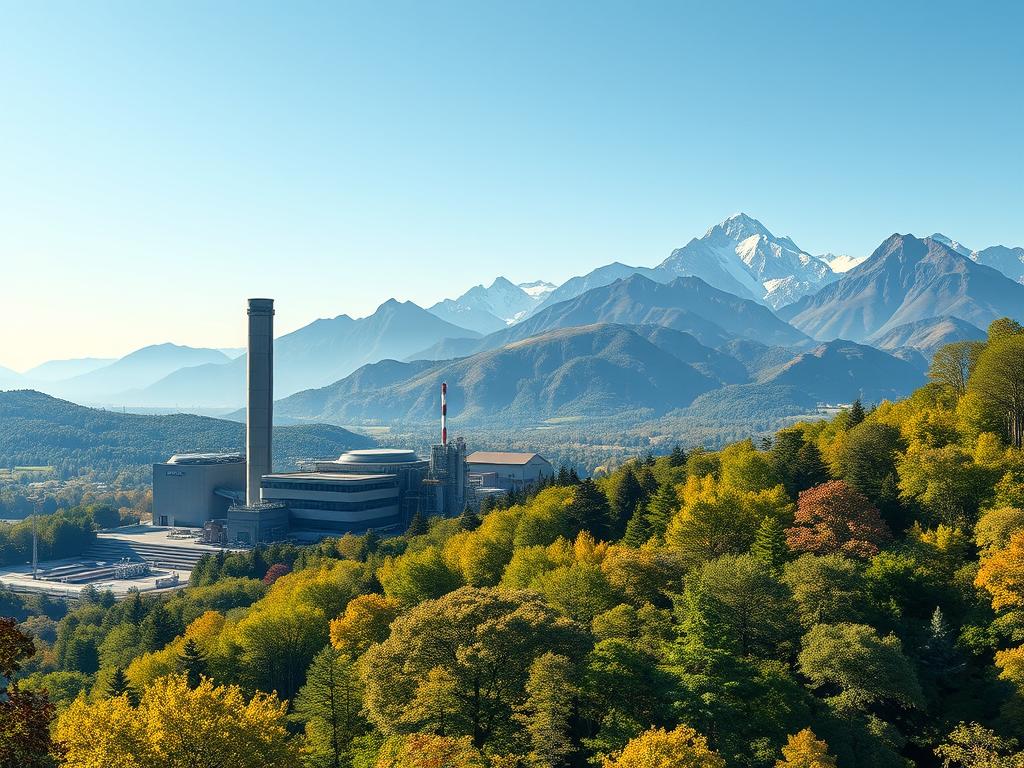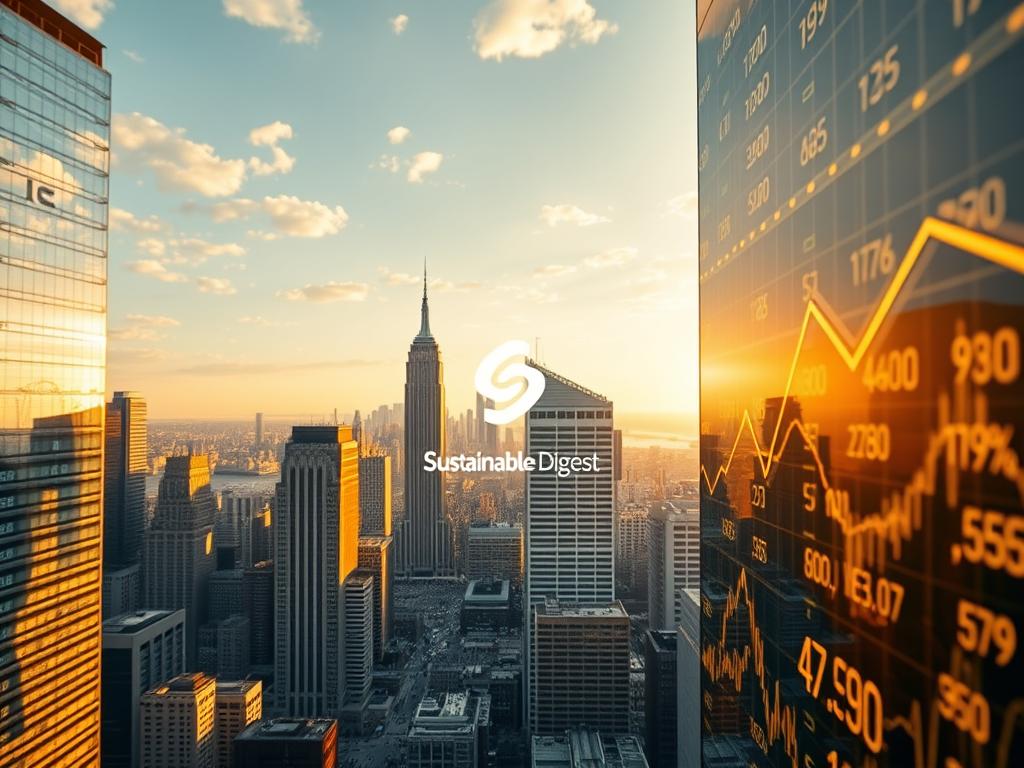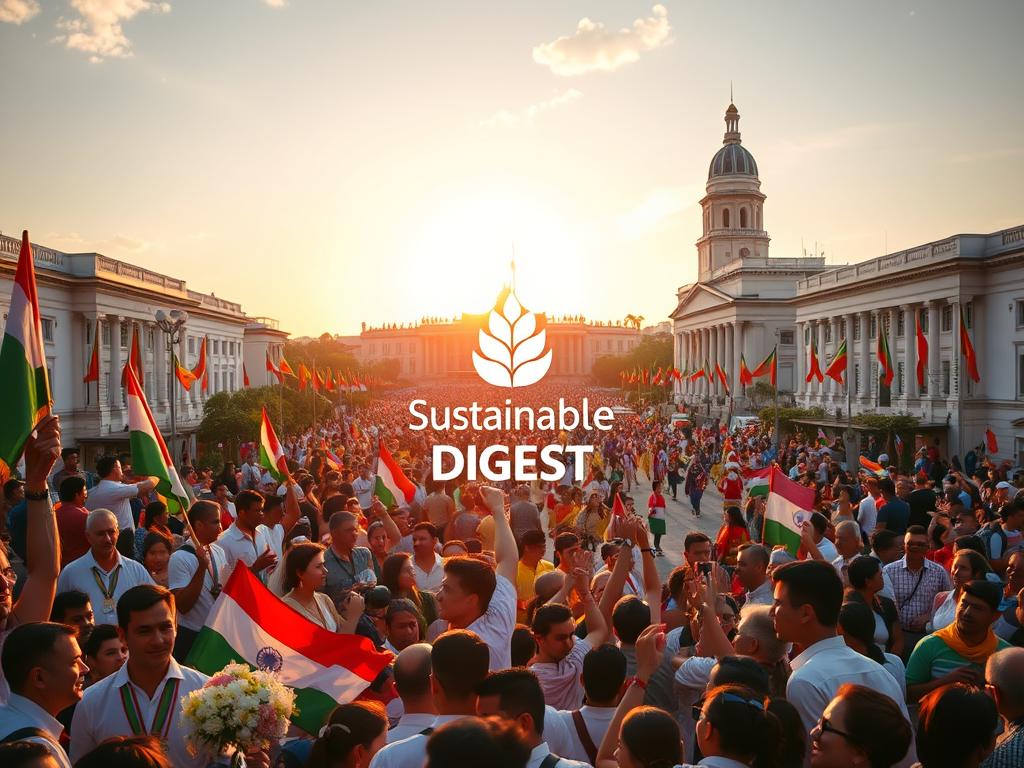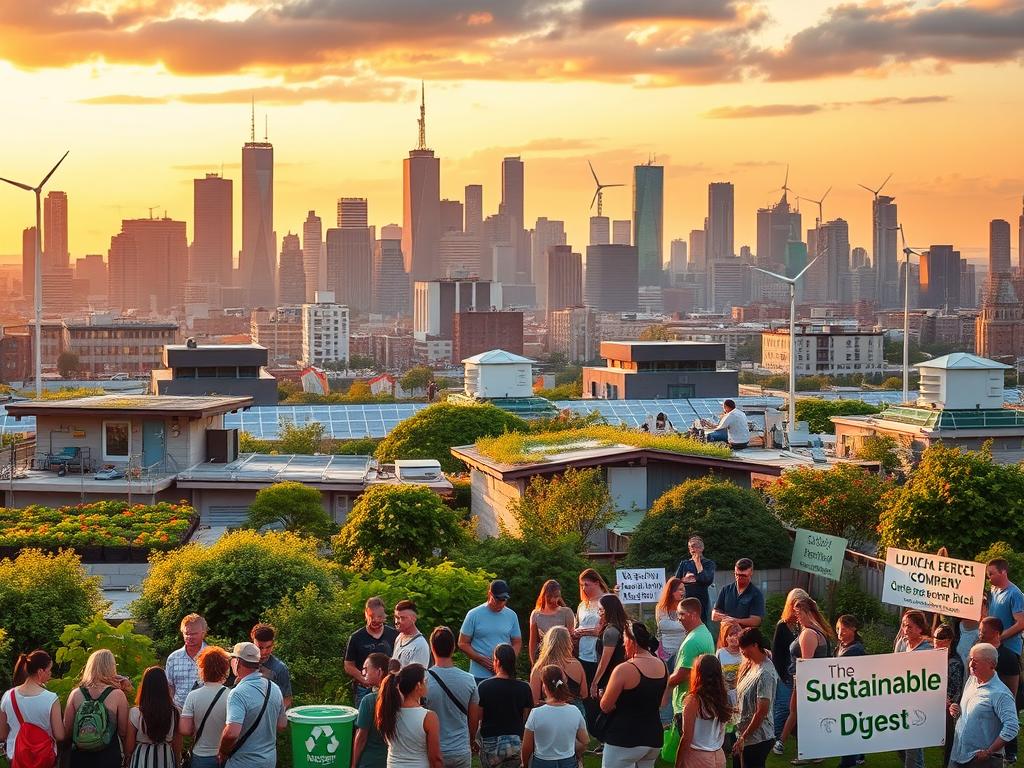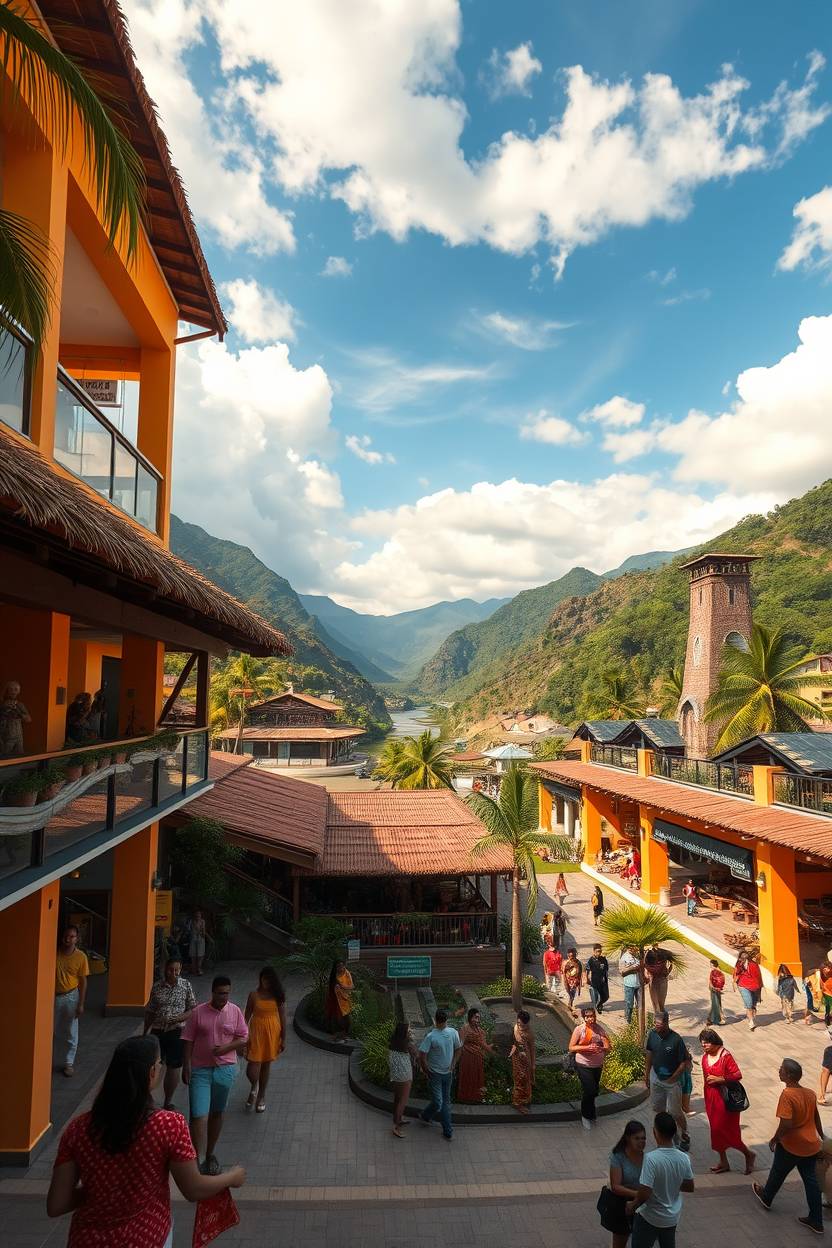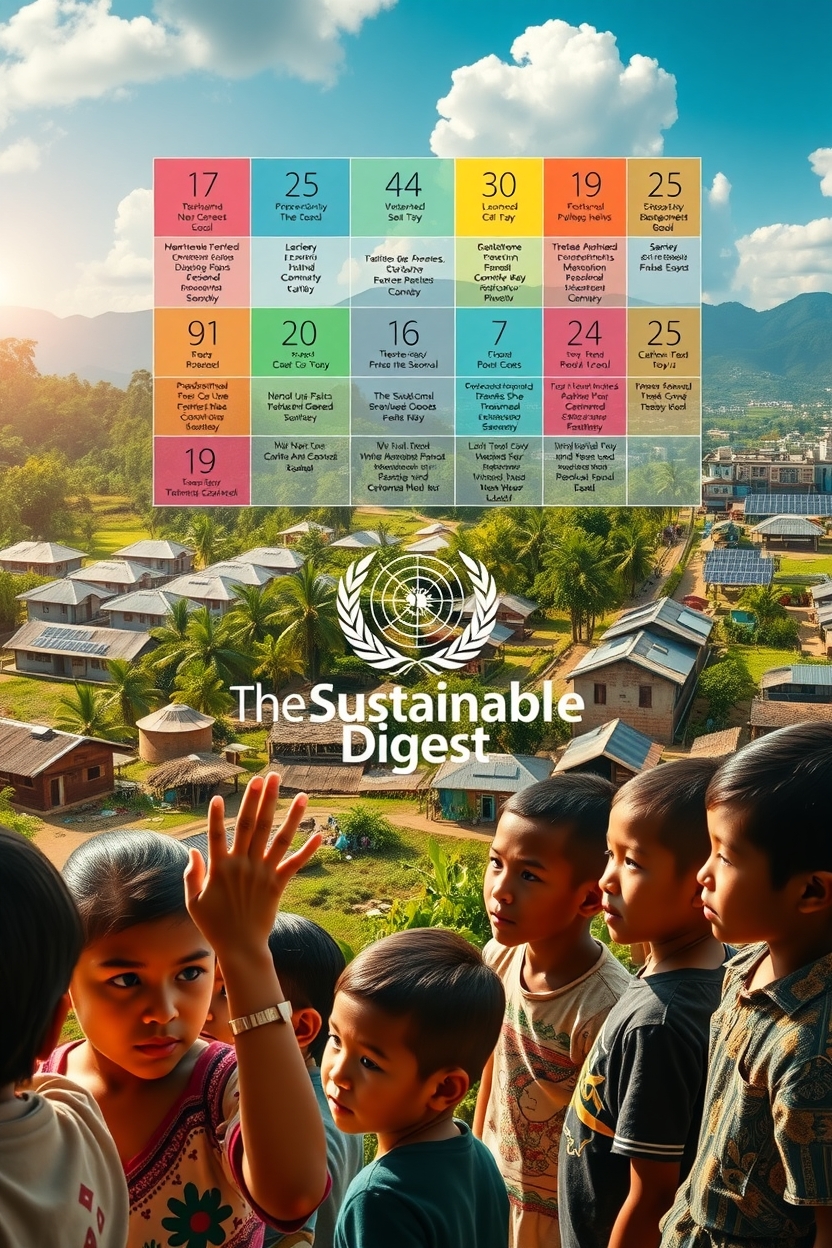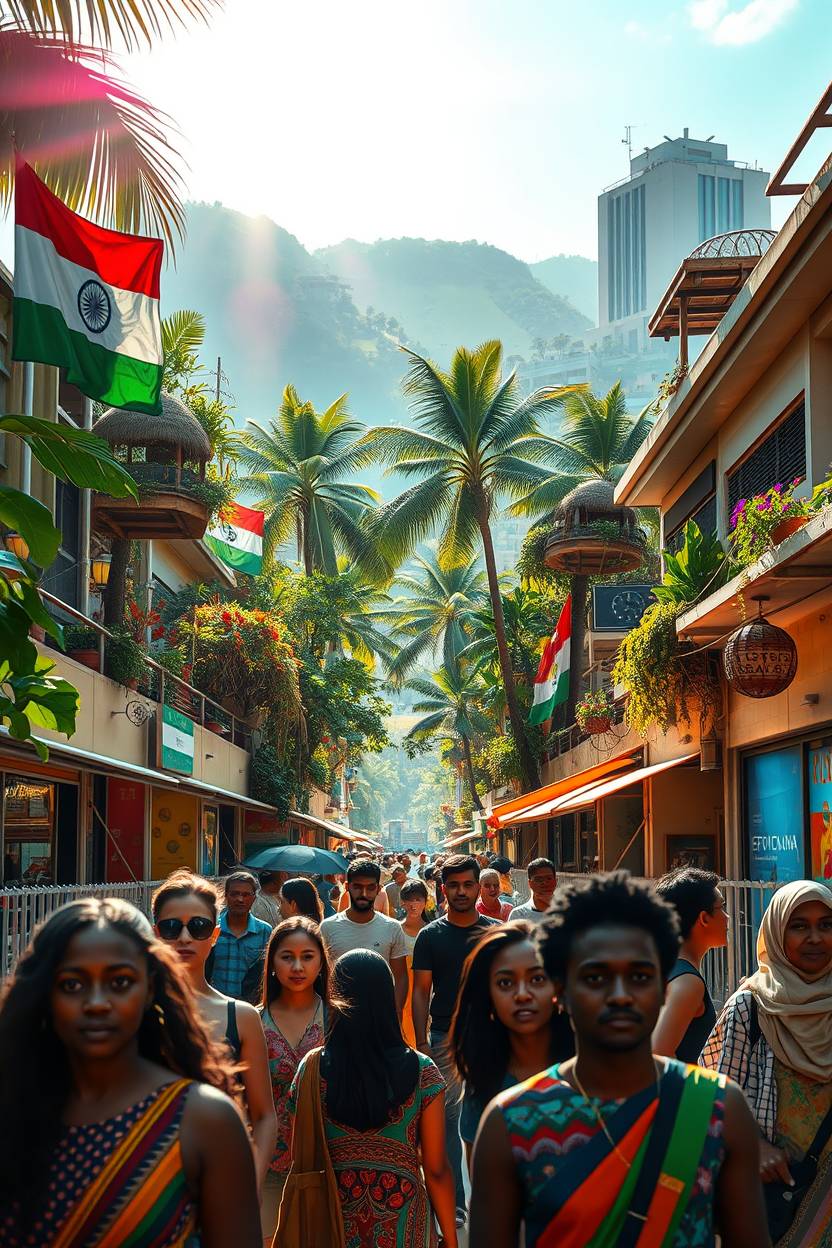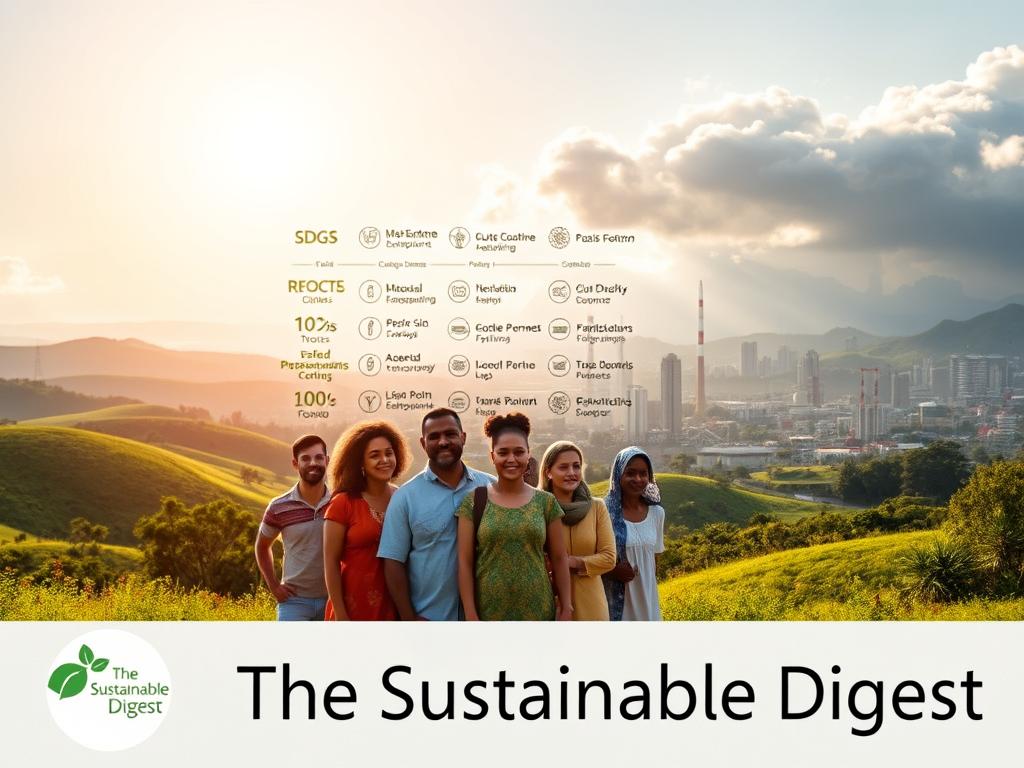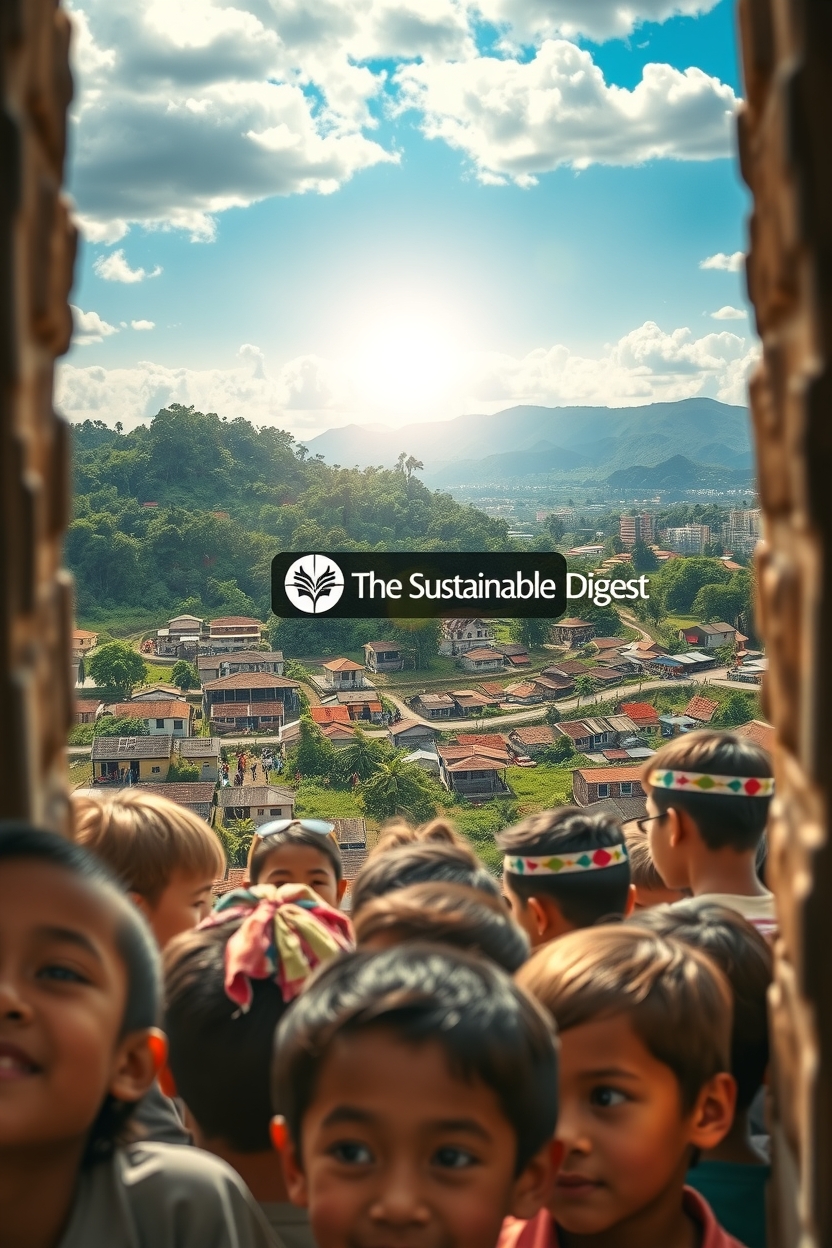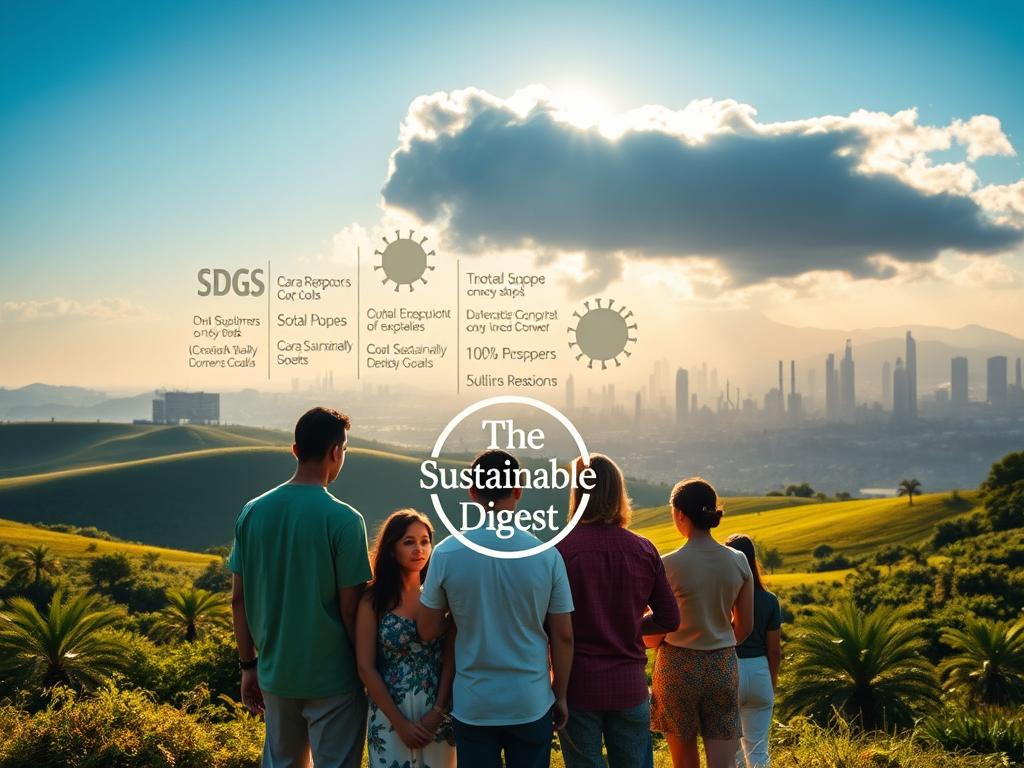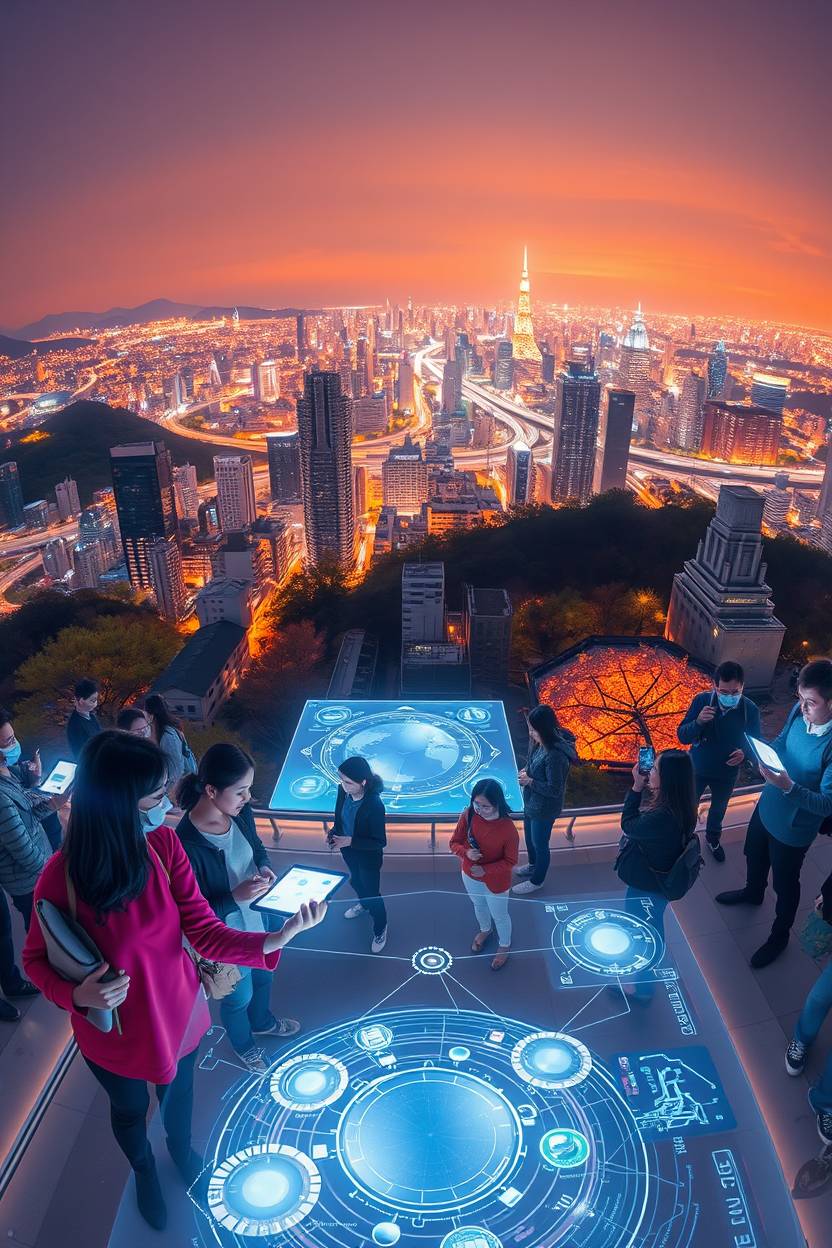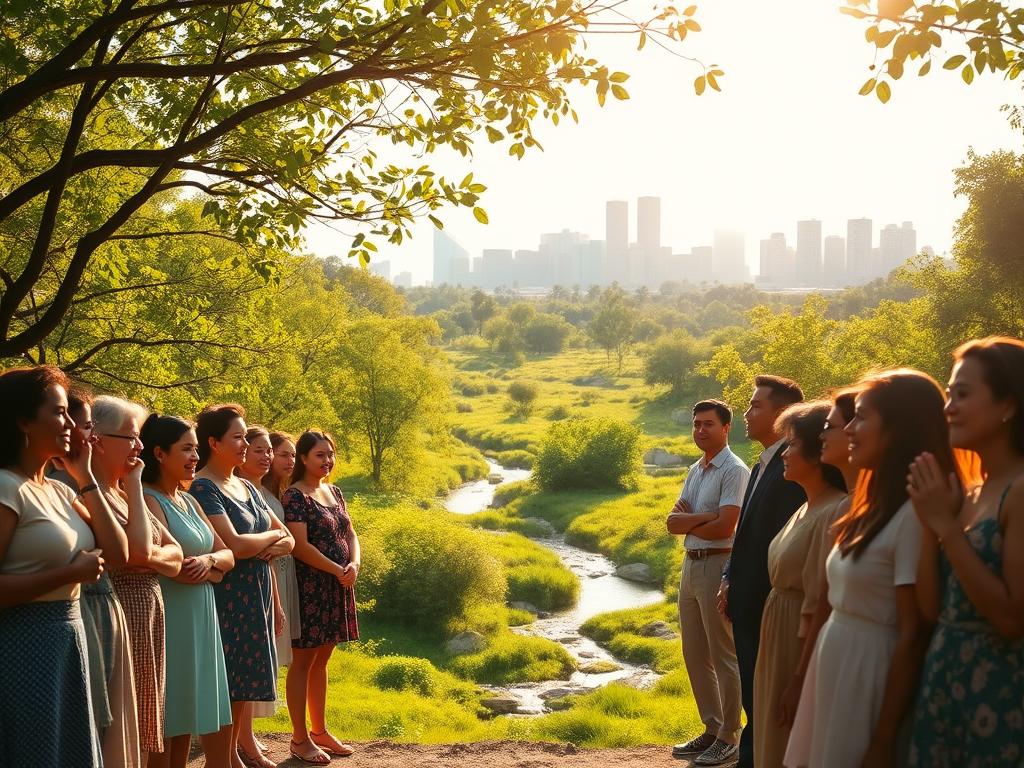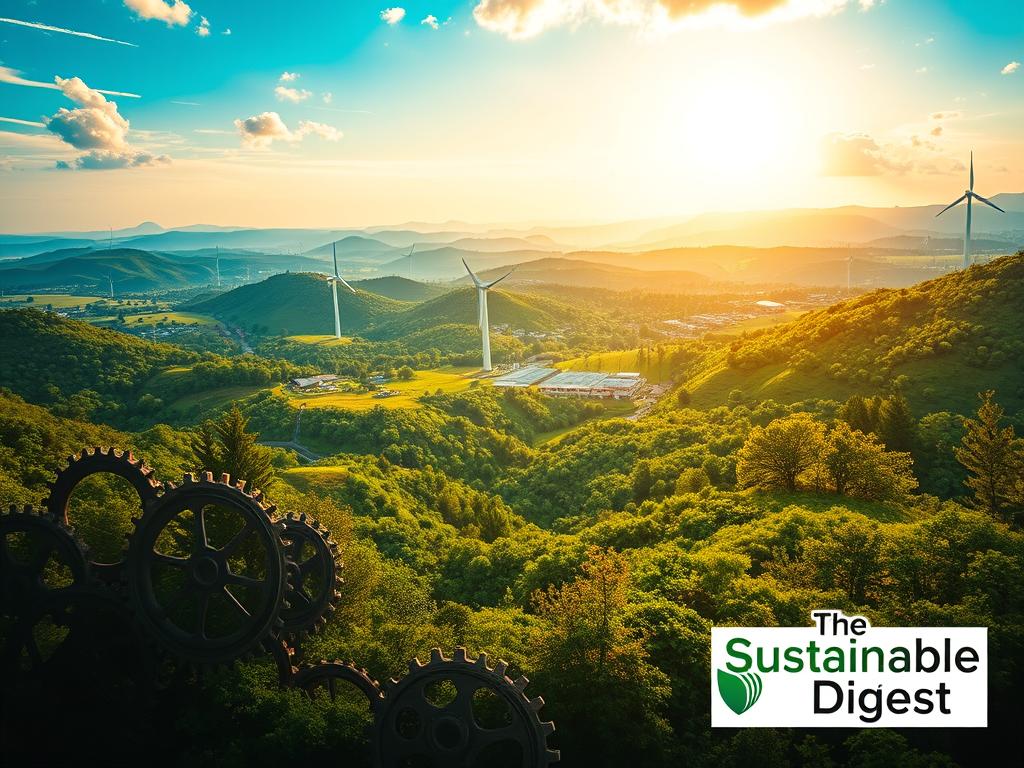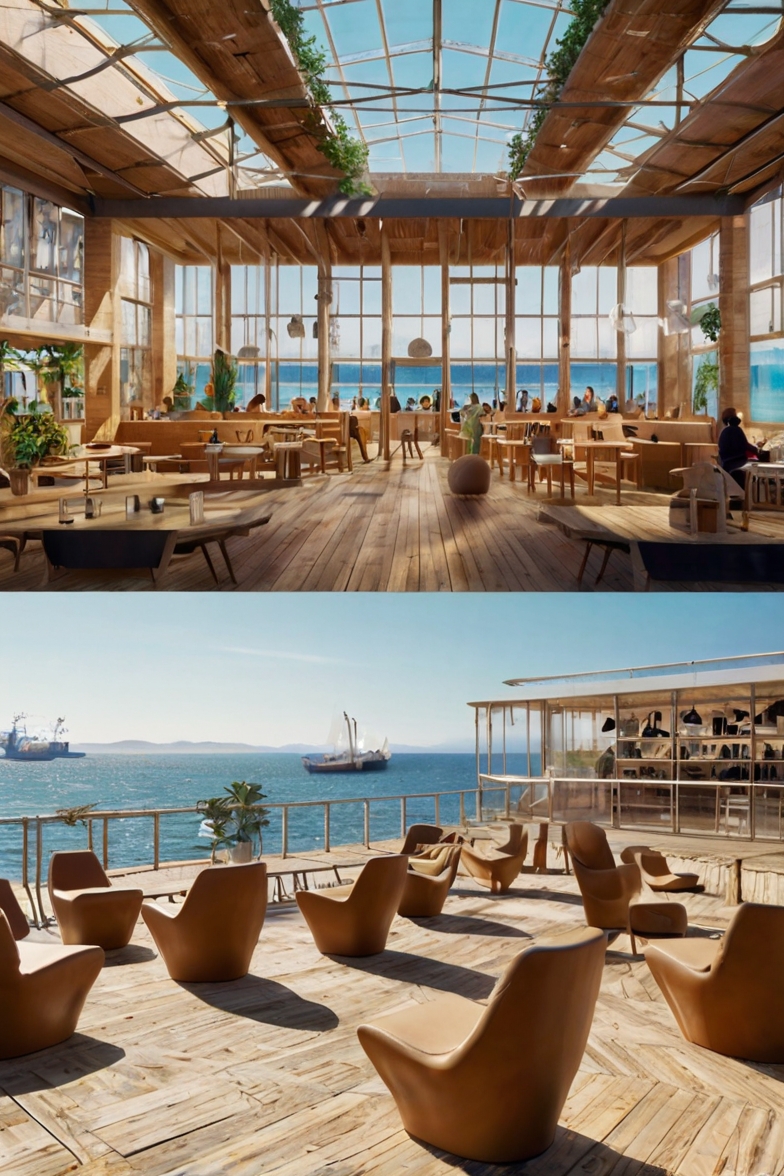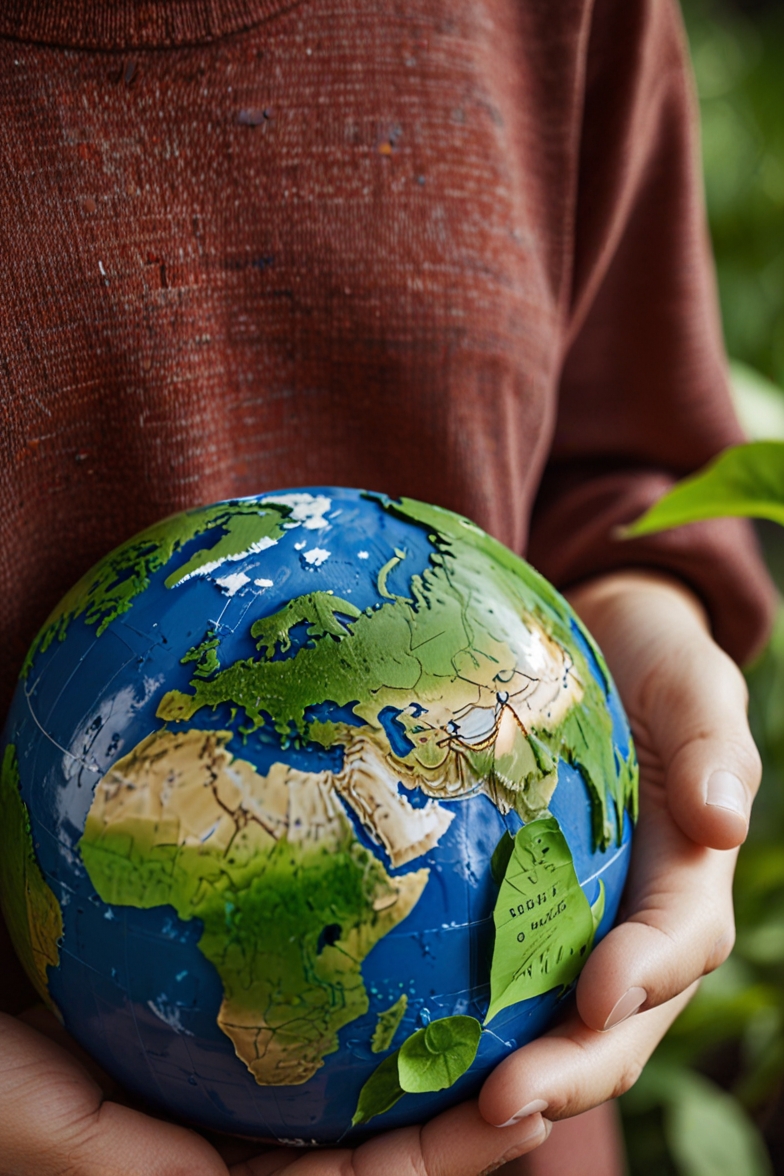
Many Americans know a simple story about this special day. It involves a feast shared long ago. But the real history runs much deeper than that tale.
This holiday is really about gratitude and survival. It connects to ancient wisdom about the land and its bounty. The full narrative honors the role of native cultures and their knowledge.
Today, we can reflect on the true meaning of this time. It is a moment for community, respect, and learning from the past. The celebration is a chance to appreciate family, friends, and the food we share.
Understanding the origins helps us build a more mindful future. It teaches us about interconnectedness with nature and each other. This day carries great significance for conservation and sustainable living.
Unveiling the True History of Thanksgiving
Behind the familiar tale lies a complex tapestry of events that shaped this national observance. The common narrative often overlooks crucial perspectives that complete the picture.
The Myth Versus Reality of the First Thanksgiving
Many believe the first feast was a peaceful gathering between settlers and native communities. In truth, the popular story emerged centuries later during a period of national expansion.
President Lincoln established the holiday during the Civil War era. This timing helped create a unifying national story. The romanticized version served specific political purposes of that time.
Actual historical accounts describe a harvest celebration in 1621. It was not called Thanksgiving then. The event was more practical than ceremonial.
Indigenous Perspectives and the National Day of Mourning
For many native cultures, this day represents something entirely different. Since the 1970s, groups have organized the National Day of Mourning.
This observance honors ancestors lost to colonization. It also protests ongoing challenges facing native people today. The event provides a powerful counter-narrative to traditional celebrations.
“We are not celebrating. We are mourning our ancestors and the destruction of our way of life.”
This perspective reminds us that history contains multiple truths. Listening to these voices deepens our understanding of this complex holiday.
The Role of the Wampanoag in Pilgrim Survival
The Wampanoag people possessed extensive knowledge of the land and its resources. They had already encountered Europeans before the Pilgrims arrived.
Their assistance was based on political strategy rather than simple friendship. The Wampanoag shared crucial survival skills with the newcomers.
They taught farming techniques that worked with local ecosystems. Their wisdom about local wildlife and food sources proved vital. This knowledge exchange allowed the settlers to survive their first years.
Peace between the groups was unfortunately short-lived. Within decades, conflict replaced cooperation. The full story reveals the delicate nature of these early relationships.
Understanding this history helps us appreciate the true origins of this annual observance. It invites us to reflect on the complex relationships that shaped our nation’s story.
The Legacy of Native American Democracy and Governance

While modern political systems claim innovation, many foundational principles trace back to sophisticated indigenous governance models. These systems demonstrate remarkable foresight in balancing individual rights with collective responsibility.
Long before European philosophers debated democracy, native communities practiced complex representative systems. Their approaches integrated ecological wisdom with social organization in ways that still inspire contemporary governance.
The Iroquois Confederacy’s Influence
The Haudenosaunee Confederacy established its Great Law of Peace around 1142 AD. This written constitution created a sophisticated democratic framework that united six distinct nations.
Mohawk, Oneida, Onondaga, Cayuga, Seneca, and later Tuscarora tribal-groups formed this remarkable political union. Their system maintained peace through carefully balanced representation and consensus-based decision-making.
Benjamin Franklin openly admired the Confederacy’s political achievements. He noted how “six Nations of Ignorant Savages” achieved unity that English colonies might emulate.
This governance model challenged colonial assumptions about societal development. It demonstrated political sophistication that directly informed American constitutional principles.
“The framers of the Constitution drew inspiration from the Iroquois model of federalism and balanced power.”
The Confederacy’s structure featured separate branches with checks and balances. Clan mothers held significant authority in selecting and removing leaders.
This system represented one of history’s oldest continuous democracies. It maintained functional governance for centuries before European contact.
Seventh Generation Principle
Perhaps the most profound governance concept involves intergenerational responsibility. The Seventh Generation Principle mandates considering impacts on descendants seven generations future.
This philosophy transforms decision-making from short-term gains to long-term sustainability. It creates accountability systems that prioritize future wellbeing over immediate convenience.
The principle centers relationships between humans, animals, and environments. These connections determine life quality for current and future communities.
| Traditional Governance Element | Modern Equivalent | Sustainability Impact |
| Seventh Generation thinking | Long-term environmental planning | Climate change mitigation strategies |
| Consensus decision-making | Stakeholder engagement processes | Community-supported sustainability |
| Clan mother oversight | Independent regulatory bodies | Accountability in resource management |
| Confederacy structure | Federal systems of government | Balanced regional development |
| Representative councils | Democratic legislative bodies | Policy development for common good |
This governance approach naturally aligns with environmental stewardship. Decisions must account for their effects on the natural world across multiple generations.
Modern sustainability frameworks increasingly adopt this long-term perspective. It offers solutions for addressing complex climate change challenges.
The principle encourages genuine reflection when we give thanks for resources. It reminds us that our actions today shape tomorrow’s sustainable future.
These democratic traditions demonstrate the sophistication of native american political thought. They continue influencing how societies approach governance and environmental responsibility.
The legacy of indigenous peoples‘ governance systems remains relevant today. Their wisdom offers pathways toward more equitable and sustainable societies.
Indigenous Wisdom: Proto-Sustainability Practices

Long before modern agriculture, native communities developed sophisticated methods for living in harmony with nature. These ancient approaches offer powerful lessons for our current environmental challenges.
Their systems demonstrated deep understanding of ecological balance. They maximized food production while preserving the land for future generations. This wisdom remains relevant for creating a sustainable future.
The Three Sisters Planting System
This brilliant agricultural method combines corn, beans, and squash in one growing space. Each plant supports the others in a perfect natural partnership.
Corn stalks provide structure for bean vines to climb. Beans add nitrogen to the soil through their roots. Squash leaves spread across the ground, keeping moisture in and weeds out.
The system produces more food than growing each crop separately. It also maintains soil health year after year. This approach shows incredible understanding of plant relationships.
| Plant | Role in System | Benefit to Garden |
|---|---|---|
| Corn | Provides structure | Creates support for beans |
| Beans | Adds nitrogen | Fertilizes soil naturally |
| Squash | Covers ground | Retains moisture, suppresses weeds |
Sacred Reciprocity and Land Stewardship
Native cultures viewed the land as a relative rather than a resource. This relationship required care and respect in exchange for life’s gifts.
They practiced giving back to the earth through ceremonies and sustainable harvesting. This mindset of reciprocity ensured continued abundance for all beings. It stood in sharp contrast to exploitation approaches.
Research shows these communities left minimal ecological footprints before colonization. They managed landscapes without major modifications or deforestation. Their methods preserved ecosystems for countless generations.
Sustainable Foraging, Fishing, and Hunting Techniques
Native groups developed careful rules for gathering wild foods. They took only what they needed and ensured resources could renew themselves.
Hunting followed seasonal patterns and respected animal populations. Fishing methods allowed species to reproduce and thrive. These practices maintained balance within local ecosystems.
Their knowledge of plants and animals was incredibly detailed. They understood migration patterns, growth cycles, and interconnections. This wisdom allowed them to live abundantly without depletion.
These ancient methods offer inspiration for modern conservation efforts. They show how humans can thrive while respecting nature’s limits. The principles remain valuable guides for today’s environmental challenges.
Thanksgiving, Pilgrims, and Indigenous Peoples: A Complex Legacy
The arrival of European settlers marked a turning point in North American history. This period brought dramatic changes to the land and its original inhabitants. The full story reveals a legacy of both conflict and resilience.
Understanding this history helps us appreciate the true meaning of this annual observance. It invites reflection on relationships that shaped our nation’s story.
Ecological Imperialism and Environmental Conquest
Historian Alfred Crosby introduced the term “Ecological Imperialism.” This concept describes how Europeans altered native environments. Their actions helped secure colonial dominance.
They brought diseases that devastated local populations. New animals and plants disrupted established ecosystems. Widespread deforestation changed landscapes forever.
These environmental changes made colonization easier. They weakened native communities through ecological disruption. The land itself became a tool of conquest.
The Impact of Colonization on Indigenous Food Systems
European settlers deliberately targeted native food sources. They burned crops and destroyed food stores. This strategy aimed to subdue resistant communities.
The mass killing of bison had devastating effects. These animals were central to many cultures and economies. Their near-extinction caused widespread hunger and displacement.
Generational knowledge about local foods was lost. Traditional harvesting practices became difficult to maintain. Food sovereignty was dramatically undermined.
| Colonial Action | Impact on Food Systems | Long-Term Consequences |
|---|---|---|
| Crop Destruction | Immediate food shortages | Loss of agricultural knowledge |
| Bison Slaughter | Protein source elimination | Cultural and economic collapse |
| Land Seizure | Access restriction | Forced dietary changes |
| Seed Replacement | Biodiversity reduction | Dependence on foreign crops |
Reclaiming Indigenous Food Systems and Cuisine
The renaissance of native cuisine represents more than culinary innovation—it’s an act of cultural reclamation and environmental healing. This movement challenges colonial food systems while honoring ancestral wisdom about the natural world.
Modern chefs and food activists are rediscovering what colonization systematically suppressed. They’re rebuilding culinary traditions that sustained communities for millennia before European contact.
Decolonizing Diets and Ingredients
Decolonization begins at the plate, rejecting ingredients that arrived with colonization. This means eliminating cane sugar, white flour, dairy, beef, pork, and chicken from traditional recipes.
Sean Sherman, founder of The Sioux Chef and James Beard Award winner, emphasizes this approach. He notes how native americans controlled their destiny through food self-sufficiency before colonial disruption.
The philosophy frames indigenous food as medicine rather than mere sustenance. Mindful connection to ancestral foods nourishes both bodies and souls through cultural reconnection.
Native-Led Food Initiatives Today
NāTIFS (North American Traditional Indigenous Food Systems) leads this culinary revolution. The nonprofit promotes indigenous foodways education and facilitates access to traditional ingredients.
Executive Director Dana Thompson envisions a new North American food system. This system would generate wealth while improving health in Native communities through food-related enterprises.
These initiatives support what Thompson calls “re-identification, reclamation, and revitalization.” They address knowledge gaps created by centuries of colonial disruption.
The movement connects food sovereignty with broader environmental concerns. Traditional food systems offer solutions for climate change and contribute to a more sustainable future.
| Colonized Ingredients | Traditional Alternatives | Environmental Impact |
| Cane sugar | Maple syrup, honey | Local sourcing reduces transport emissions |
| White flour | Corn, acorn, amaranth flour | Supports biodiversity and soil health |
| Dairy products | Nut milks, traditional fats | Lower methane production than cattle |
| Beef, pork, chicken | Bison, venison, traditional game | Regenerative grazing practices |
| Processed foods | Wild harvested plants | Minimal packaging, seasonal availability |

This culinary reclamation occurs year-round, not just during seasonal observances. However, it holds particular significance around the national day often associated with harvest celebrations.
The work of these indigenous peoples represents both cultural preservation and environmental innovation. They’re creating food systems that honor the past while nourishing future generations.
Modern Applications of Indigenous Sustainability

Across the globe, ancient wisdom is finding new purpose in modern environmental protection. Traditional knowledge systems are proving essential for addressing today’s ecological challenges. These time-tested approaches offer powerful solutions for a sustainable future.
Indigenous-Led Conservation Efforts Today
Native communities protect an incredible amount of the world’s biodiversity. They safeguard over 80% of global wildlife despite being less than 5% of the population. Their conservation efforts achieve remarkable results through deep cultural connection to the land.
Programs like Australia’s Indigenous Ranger Program demonstrate this success. Rangers combine traditional knowledge with modern training to manage protected areas. They monitor species, control wildfires, and preserve cultural sites.
Canada’s Indigenous Leadership Initiative (ILI) shows similar innovation. This program integrates millennia of native science with contemporary techniques. The approach creates positive impacts across entire ecosystems.
These initiatives prove that ancestral wisdom remains vitally relevant. They show how traditional stewardship can guide modern conservation. The results often surpass Western methods alone.
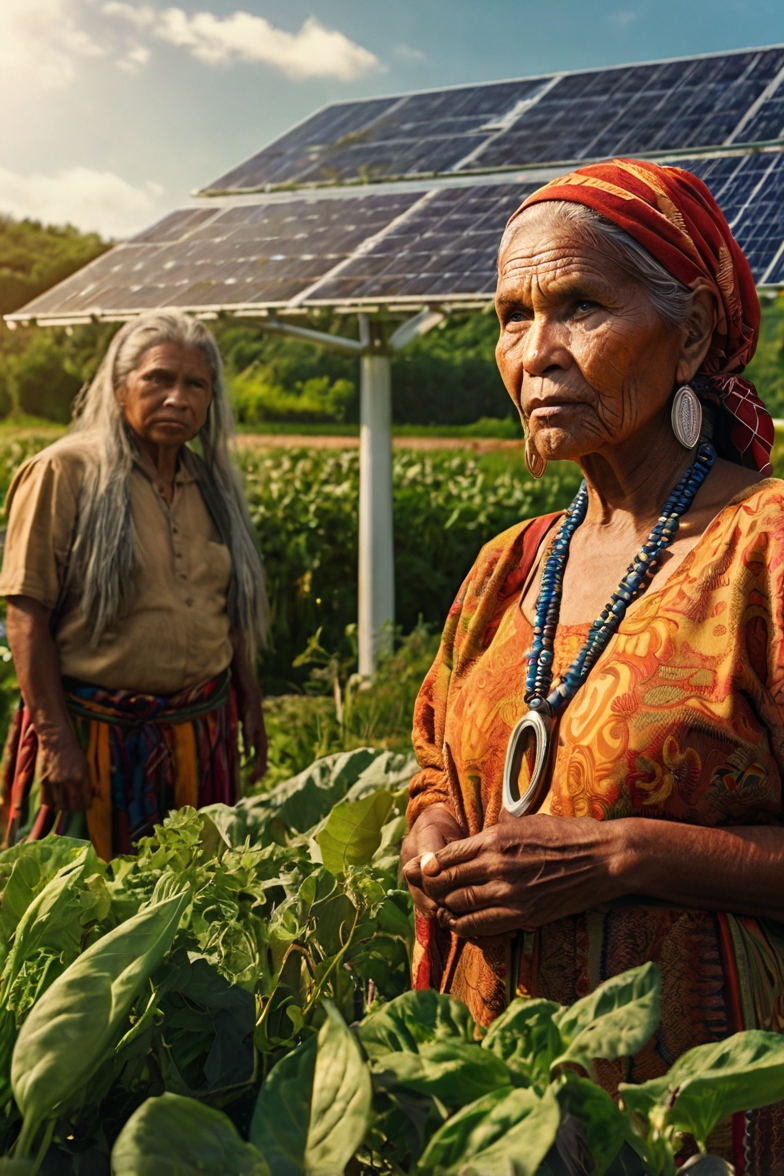
Learning from Traditional Land Management
Traditional land management focuses on ecosystem relationships rather than isolated resources. This holistic approach considers how all elements interact and support each other. It emphasizes care for complexity rather than simplification.
Native sciences concentrate on connections and interactions within natural systems. They understand that everything exists in relationship with everything else. This perspective offers complementary approaches to Western scientific methods.
The focus remains on stewardship rather than ownership or exploitation. Land is viewed as a relative to care for, not a resource to consume. This mindset creates sustainable systems that endure for generations.
Modern forestry and conservation efforts are increasingly adopting these principles. They recognize that complexity often indicates health and resilience. This shift represents important progress toward environmental reconciliation.
Integrating Ancient Wisdom into Modern Practices
Guardian programs beautifully reconcile traditional knowledge with contemporary conservation. These initiatives train community members to protect their traditional territories. They blend ancient wisdom with modern monitoring technology.
The integration addresses pressing challenges like climate change and species loss. It applies principles of interconnectedness and reciprocity to current problems. This combination creates innovative solutions that honor both past and future.
These models demonstrate practical benefits and meaningful innovations. They show how different knowledge systems can work together harmoniously. The collaboration produces better outcomes for people and planet.
Everyone can learn from these successful integrations. Supporting these efforts helps build a more sustainable world. It acknowledges the importance of traditional ecological knowledge in modern conservation.
These applications inspire greater respect for native leadership in sustainability movements. They motivate people to engage with and support these vital efforts. This knowledge helps create meaningful change for our shared future.

Decolonizing Your Thanksgiving Celebration
Transforming this annual gathering into a meaningful experience requires conscious choices. It involves rethinking traditional approaches to create deeper connections. This shift honors the true spirit of the occasion while supporting important values.
Incorporating Pre-Colonial Foods and Recipes
Traditional native ingredients create authentic and nutritious meals. The Three Sisters combination remains a brilliant foundation. Corn, beans, and squash work together beautifully in many dishes.
Maple syrup and sumac offer natural sweetness and flavor. They replace refined sugar in recipes. These ingredients connect meals to local ecosystems.
Wild rice and native grains add texture and nutrition. They have deep cultural significance across many regions. These foods support biodiversity and local agriculture.
Simple substitutions make recipes both delicious and meaningful:
- Use nut milk instead of dairy products
- Choose heritage turkey breeds when including meat
- Season with native herbs like sweetgrass and cedar
- Feature seasonal squash varieties in multiple courses

Honoring Local Indigenous Tribal-group and Histories
Learning about original inhabitants brings depth to the celebration. The Native Land Map helps identify traditional territories. This knowledge acknowledges the true history of the land.
Supporting native-owned businesses makes a real difference. It contributes to economic sovereignty and cultural preservation. Many organizations offer directories of authentic products.
“When we support native artists and food producers, we help keep traditions alive for future generations.”
Educational resources provide accurate information about local cultures. Museums and cultural centers often share authentic perspectives. These sources offer guidance for respectful recognition.
Promoting Sustainable and Mindful Feasting
Environmental consciousness aligns with traditional values of respect. Reducing waste demonstrates care for natural resources. Thoughtful planning makes feasts both abundant and responsible.
Local sourcing reduces transportation impacts significantly. It also supports regional farmers and food producers. Seasonal ingredients taste better and require less energy to grow.
Plant-based options lower the meal’s environmental footprint. They use less water and produce fewer emissions. Even small changes create meaningful positive impacts.
Practical steps for sustainable celebrations include:
- Planning portions carefully to minimize leftovers
- Using reusable dishes and natural decorations
- Composting food scraps rather than sending to landfill
- Donating excess food to community organizations
These approaches transform the meal into an act of gratitude. They honor the interconnectedness of all life. This mindfulness creates celebrations that nourish both people and planet.
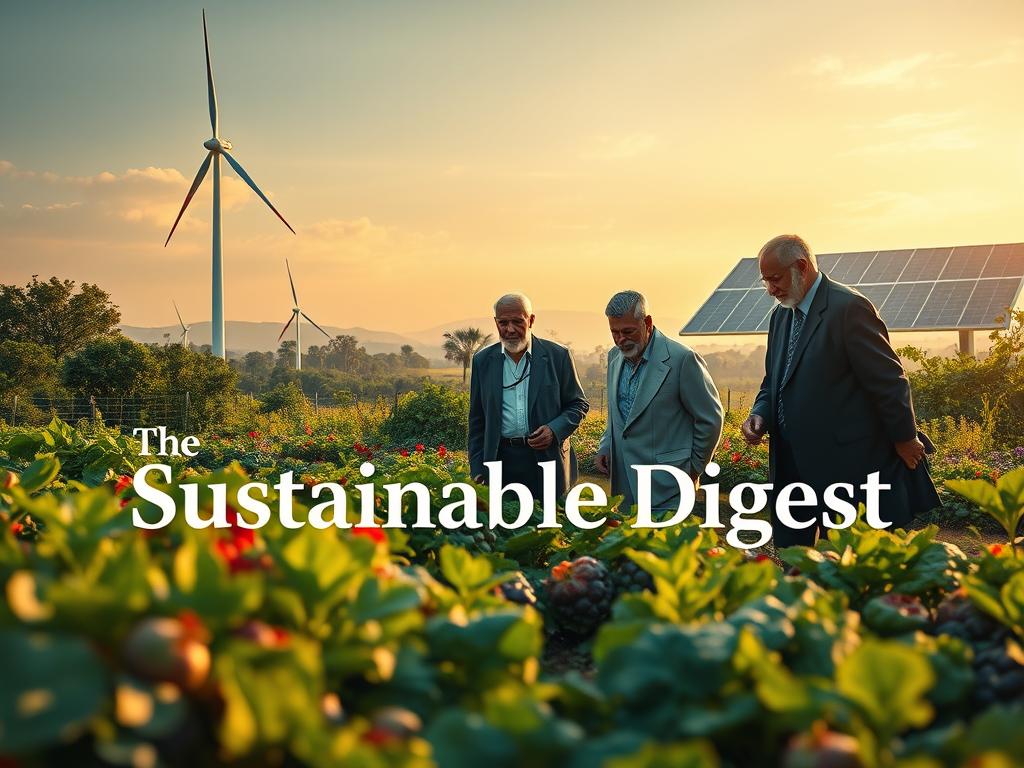
Conclusion
The journey through this holiday’s complex past reveals powerful lessons for building a more conscious tomorrow. Understanding the full history transforms how we approach this special time of year.
Honoring native wisdom in our celebrations shows deep respect for the land and its original caretakers. Their sustainable approaches offer vital guidance for today’s environmental challenges.
This knowledge invites us to carry gratitude and mindfulness beyond the annual feast. We can support local communities while preserving precious ecosystems.
Every thoughtful choice contributes to a healthier, more equitable future. The true spirit of this day lives in our ongoing commitment to learning and positive action.
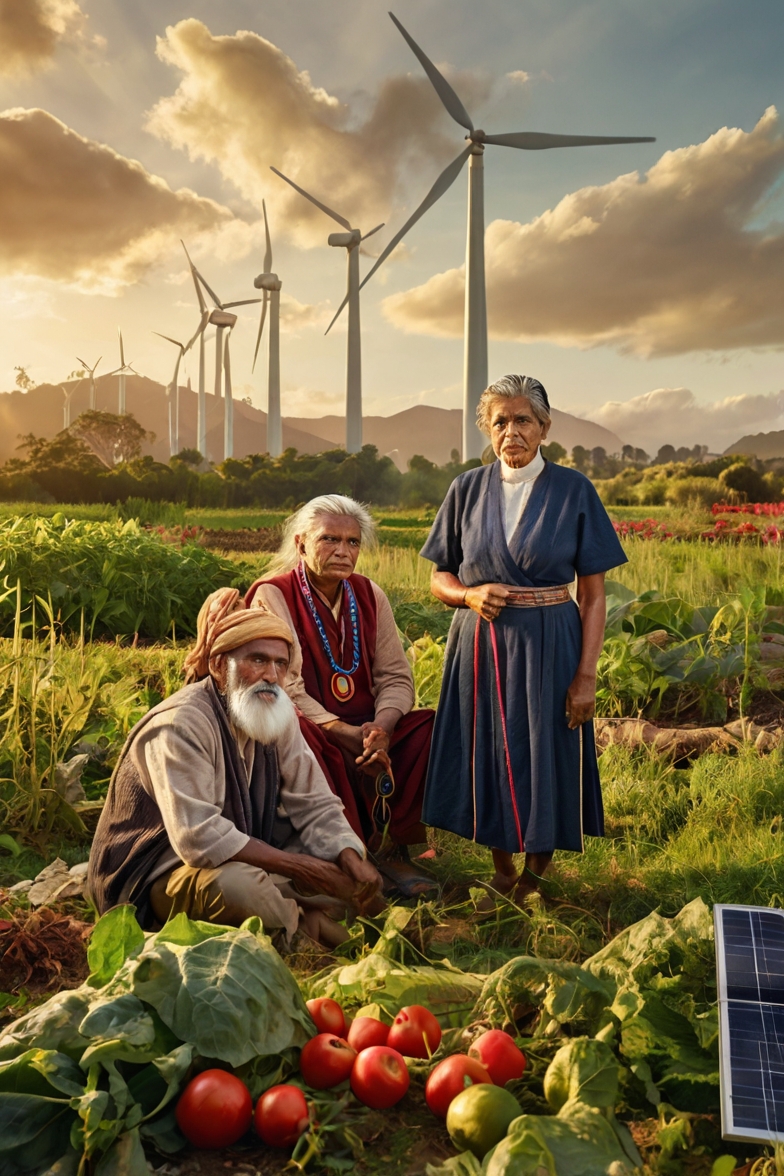
Key Takeaways
- The holiday’s history is richer and more complex than common myths suggest.
- Native American contributions and wisdom are central to the true story.
- Gratitude and community are at the heart of the celebration.
- The traditions connect deeply to respect for land and ecosystems.
- Learning the full narrative encourages more meaningful observances today.
- This time of year highlights themes of heritage and sustainable practices.
- Modern celebrations can honor both history and future conservation efforts.






